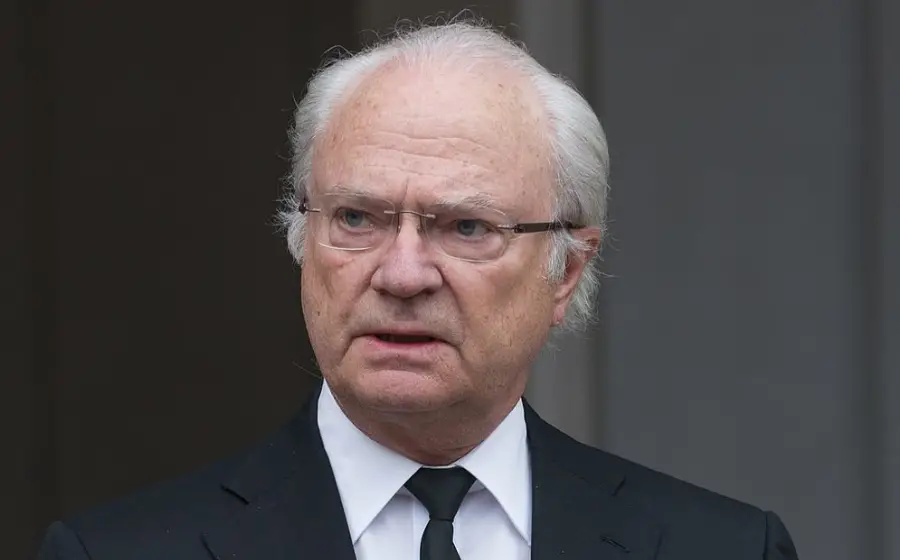
King Carl XVI Gustaf of Sweden has visited a new exhibition at the China Pavilion of Drottningholm. The exhibition is the result of a year-long collaboration between the Royal Court and the Research Lab Craft at Konstfack. The works are created by artisans and artists who have taken inspiration from historical collections in the China Pavilion.
The exhibition is called “Going elsewhere – material Interpretations of the Chinese Pavilion” and present the works of nine artists working with craft. During the visit, the King was given a tour of the exhibition by, among others, Professor Anders Ljungberg from the Department of Arts and Crafts at Konstfack and Exhibition Curator Bronwyn Griffith from the royal court. The exhibition was opened to the public on 28 May and will run until 22 August.
The King showed great interest in the exhibition and asked several questions about objects that were on display. He told organisers he hoped that as many people as possible will visit the exhibition this summer. It was fortunately glorious sunshine when the king visited the exhibition; he and Queen Silvia live at Drottningholm so the King arrived at the exhibition by foot. The Chinese Pavilion is just a short walk from the palace.
The Chinese Pavilion in Drottningholm Palace Park was constructed in 1753 as a birthday present for Queen Louisa Ulrika of Sweden. In keeping with the trends of 18th century Europe, the pavilion reflects a European fantasy of China. The building, interiors and objects imported from various parts of Asia tell us as much about Sweden as they do about China and remind us of the long history of shared ideas, movement and international collaboration. During the reign of King Gustav III, plans were also made for a Chinese pagoda on the Flora Hill just east of the Chinese Pavilion. The project, as with most of King’s ideas for buildings within the English garden, were never realized because of the assassination of the King.

